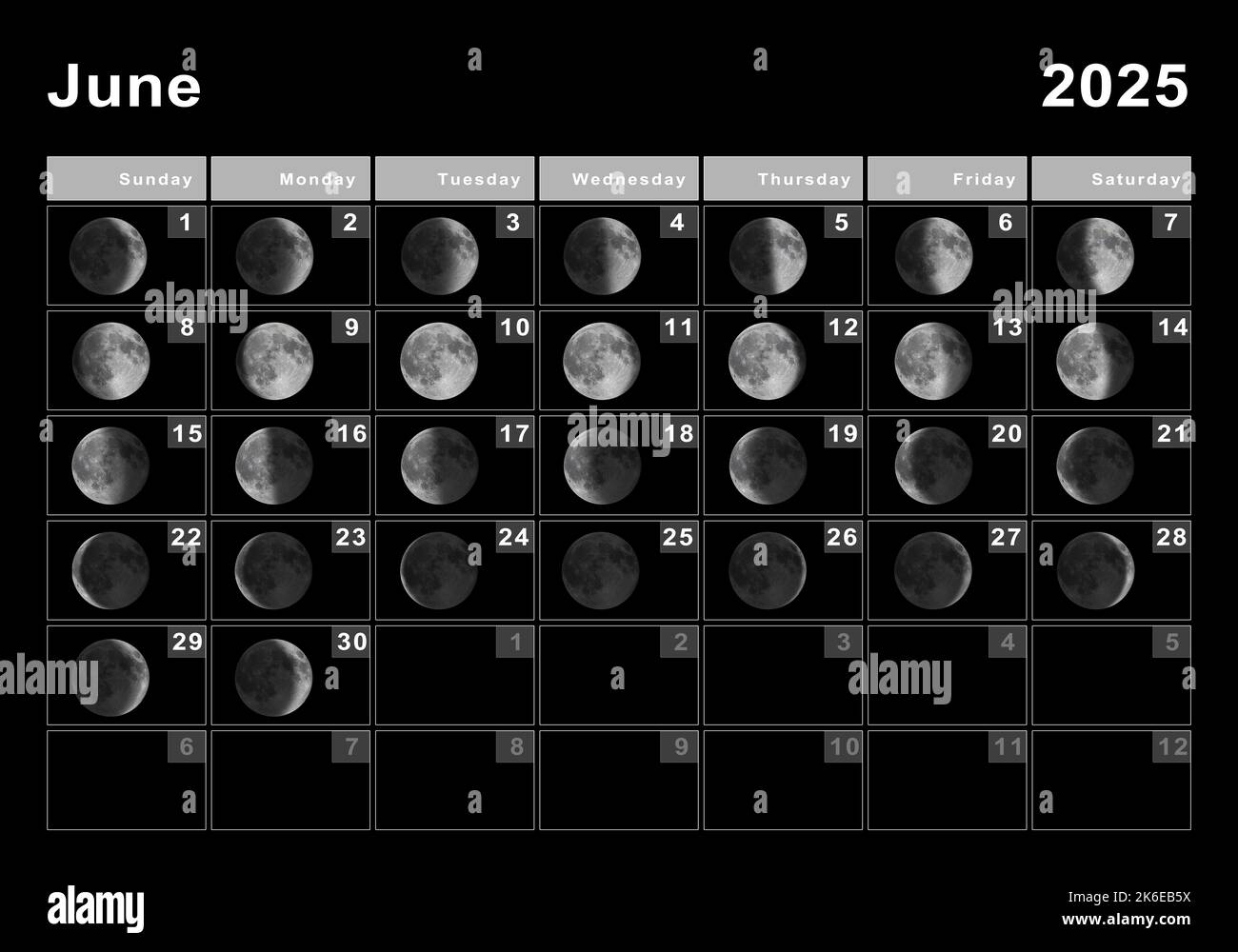What Happened
On June 10 and 11, 2025, skywatchers across various regions were treated to the sight of a full moon known as the “strawberry moon.” This lunar event is characterized by its reddish hue, which is particularly pronounced when the moon is positioned low on the horizon. The strawberry moon is named for its association with the strawberry harvesting season, as recognized by Algonquin Native American tribes. The moon reached its peak brightness around 4 a.m. Eastern Time on June 11, although it was also visible the night before.
The phenomenon of the strawberry moon is enhanced this year due to a rare lunar occurrence known as a “major lunar standstill,” which affects the moon’s orbit and causes it to appear lower in the sky than usual. This positioning allows the moonlight to travel through more of the Earth’s atmosphere, resulting in a more colorful display. Observers noted that the moon appeared particularly vivid, with some reporting a pinkish tint attributed to atmospheric conditions, including smoke from wildfires in certain areas.
Key Details
- Peak Visibility: The strawberry moon reached its brightest point at approximately 4 a.m. ET on June 11, 2025.
- Coloration: The reddish hue is a result of the moon’s low position on the Southern Horizon, which increases the amount of atmosphere the moonlight passes through.
- Cultural Significance: The name “strawberry moon” originates from Algonquin Native American tribes, marking the beginning of the strawberry picking season.
- Lunar Standstill: This year’s strawberry moon is particularly unique due to a major lunar standstill, which occurs roughly every 18.6 years, affecting the moon’s orbit and visibility.
- Viewing Conditions: Observers reported varying visibility and coloration, with some areas experiencing more pronounced hues due to environmental factors.
Multiple Perspectives
Different sources provide insights into the significance and viewing conditions of the strawberry moon. According to The New York Times, the moon’s low position made its reddish color more pronounced this year, a phenomenon not expected to recur for another 19 years. The article emphasizes the cultural origins of the name and the visual experience of the moon.
Conversely, USA Today highlights the technical aspects of the lunar standstill, explaining how this phenomenon influences the moon’s appearance. Bob Bonadurer, a director at the Milwaukee Public Museum, noted that the moon’s arc across the sky contributes to its colorful tint, which is a result of atmospheric conditions. He cautioned that while the strawberry moon is visually appealing, it is still fundamentally a full moon.
The Guardian focused on the global experience of the strawberry moon, showcasing photographs from various locations, including Turkey and Greece, which captured the moon against iconic landmarks. This perspective underscores the universal appeal and cultural significance of the full moon across different regions.
Context & Background
The strawberry moon is one of several full moons named for their seasonal significance, a practice rooted in Native American traditions. Each month’s full moon has its own name, reflecting the natural cycles and agricultural practices of the time. The strawberry moon specifically marks the time for harvesting strawberries in the Northern Hemisphere.
The occurrence of a major lunar standstill, which influences the moon’s orbit, adds a layer of rarity to this year’s strawberry moon. Such events can affect the moon’s visibility and coloration, making them noteworthy for both casual observers and astronomers alike. The last major lunar standstill occurred in 2006, and the next will not happen until 2044, making this event particularly significant for lunar enthusiasts.
What We Don’t Know Yet
While the strawberry moon has been observed and documented, there are still uncertainties regarding its visibility in different regions. Factors such as local weather conditions, air quality, and geographic location can significantly affect how the moon appears to observers. Additionally, while the cultural significance of the strawberry moon is well-established, ongoing discussions about its impact on local traditions and celebrations continue to evolve.
Future studies may also explore the broader implications of lunar cycles on agriculture and cultural practices, as well as the scientific understanding of lunar phenomena like major lunar standstills. As interest in astronomy and natural events grows, more data may emerge, enhancing our understanding of the moon’s influence on Earth and its significance in various cultures.





